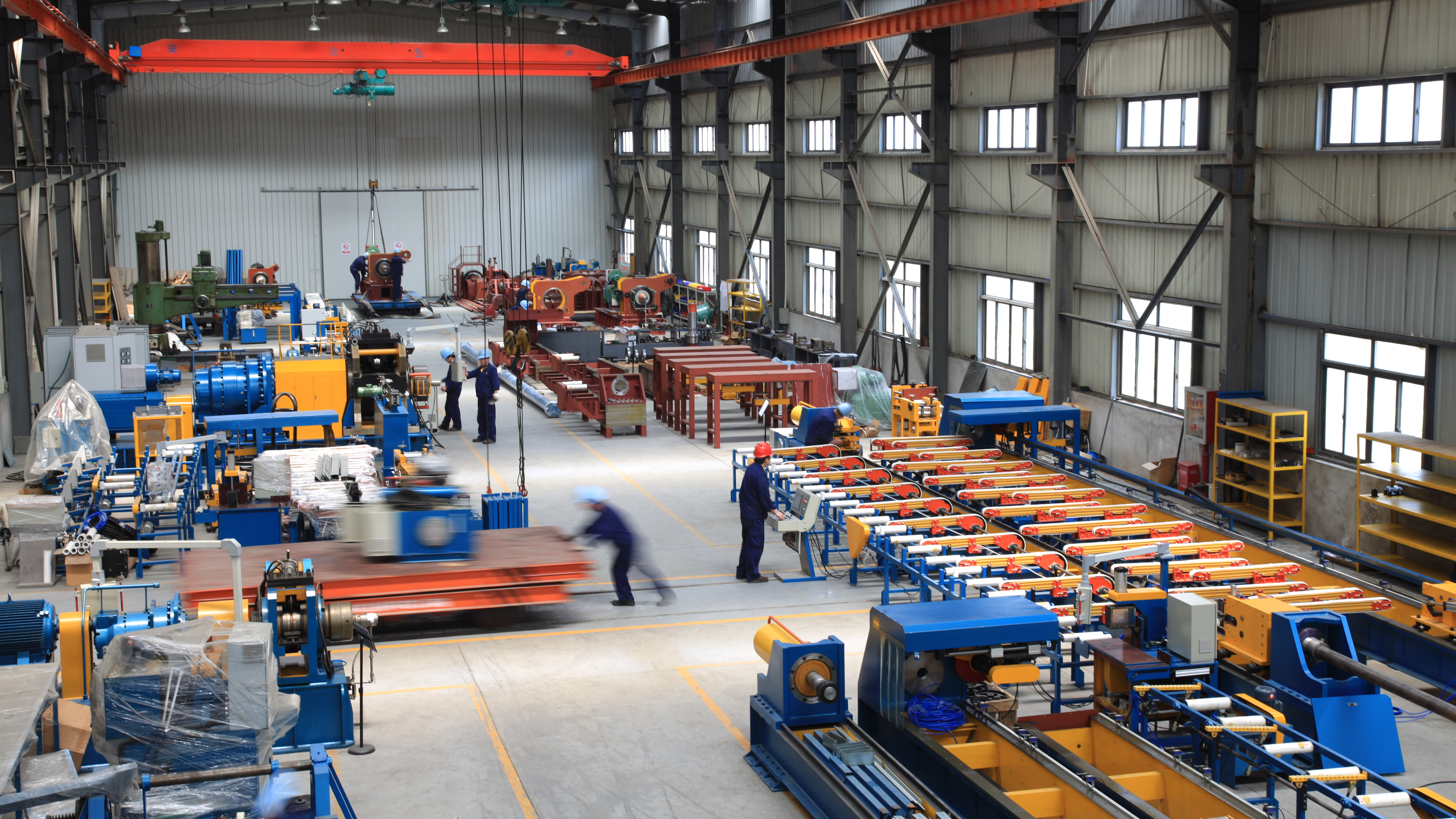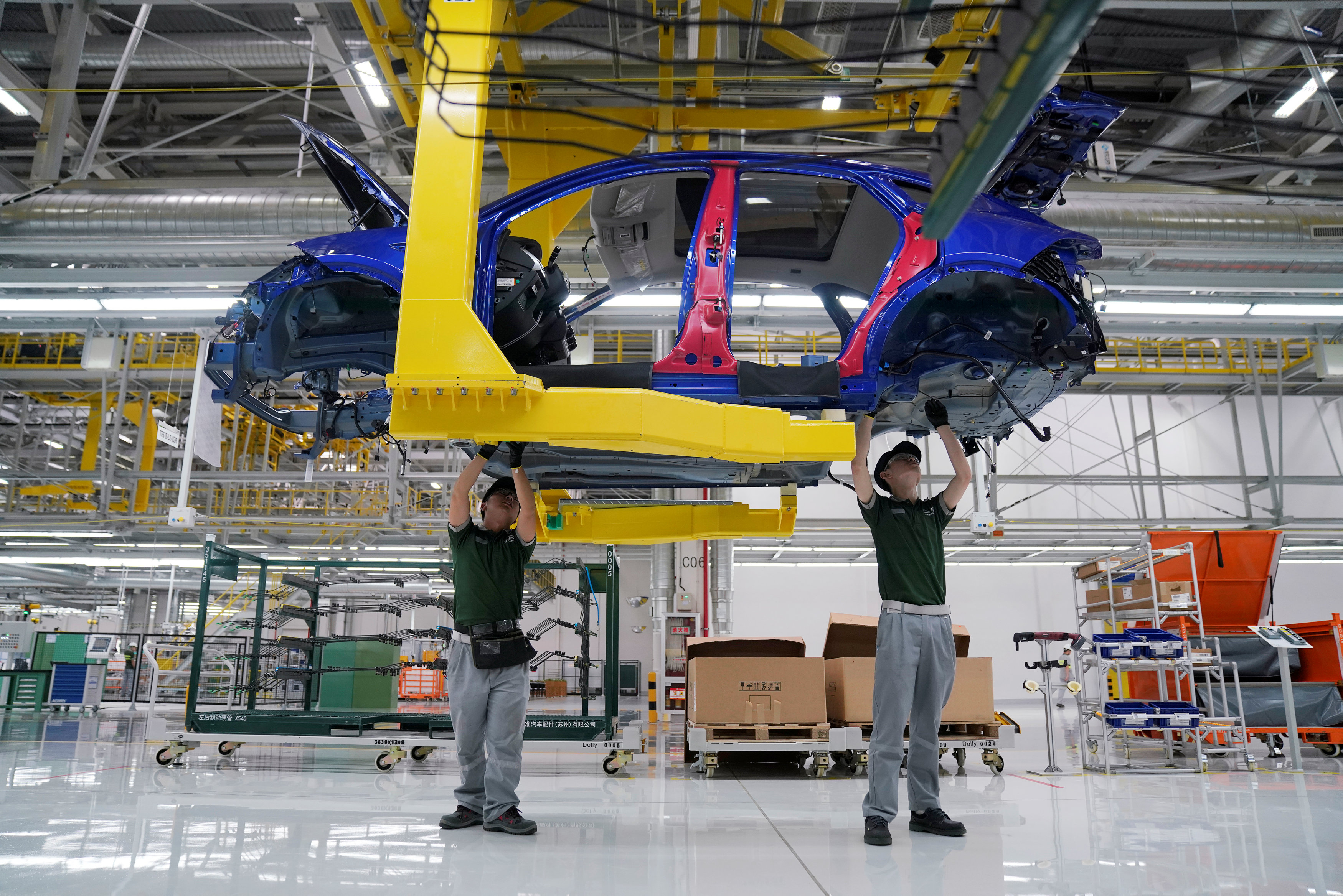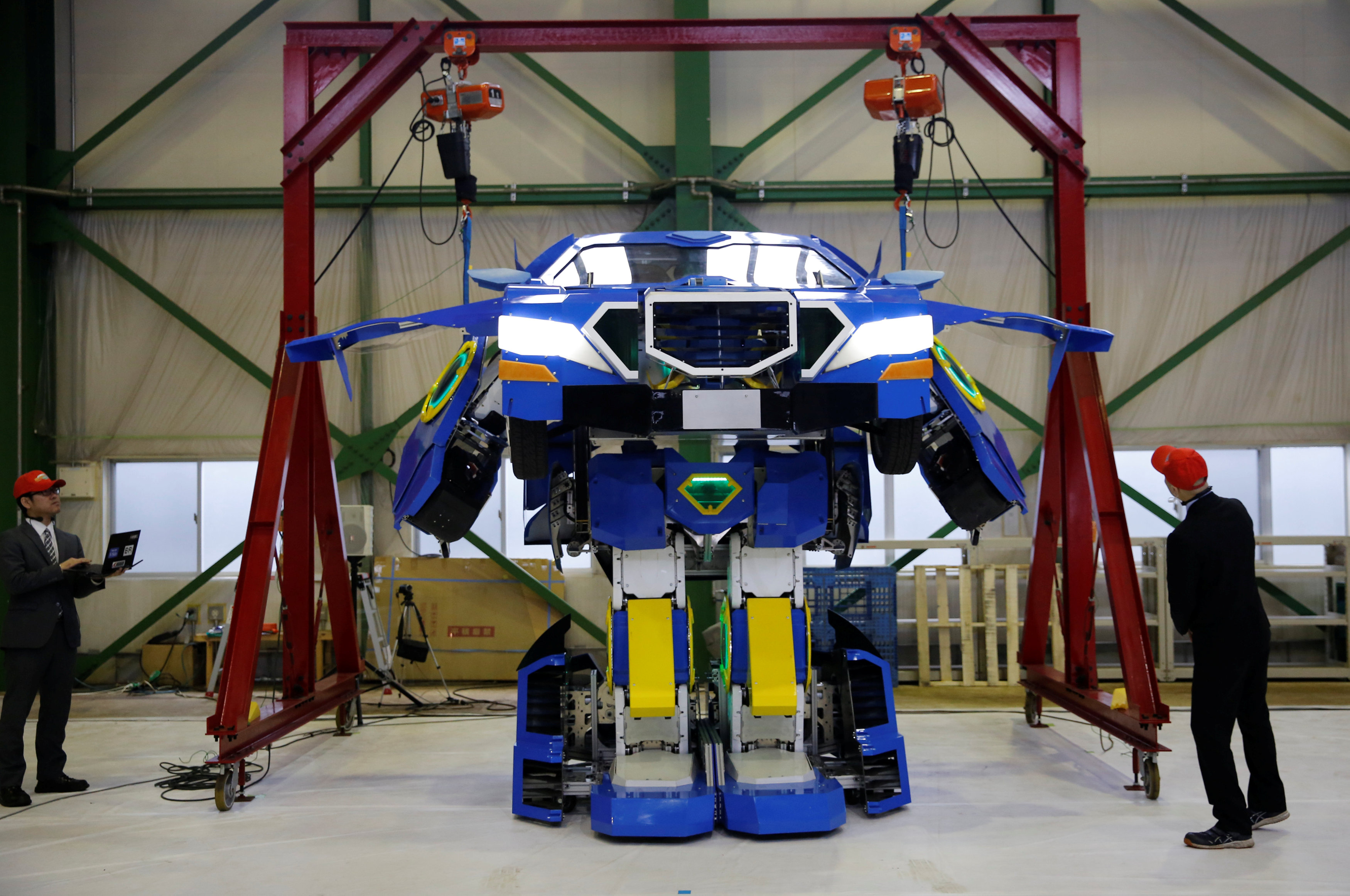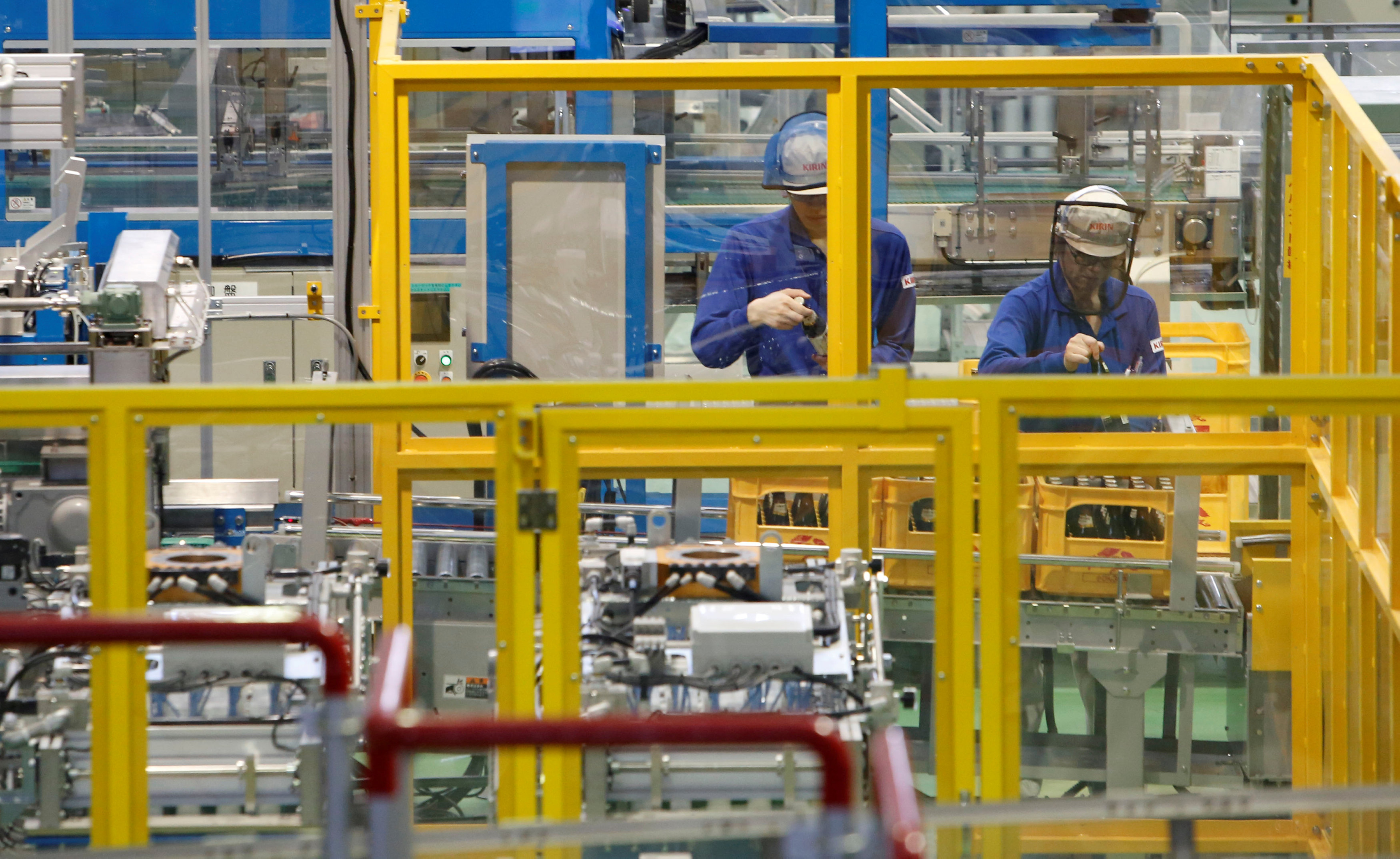

The Asian manufacturing activity index edged down in August amid external uncertainties, strengthening the case for policymakers to unleash fresh stimulus to fend off recession risks.
China, South Korea and Japan saw factory activity shrink, underscoring the growing pain from the tit-for-tat tariff war between China and the U.S..
"The broader picture for Asian exports remains very weak because of the impact of the U.S.-China trade war, which is continuing to escalate," said Rajiv Biswas, Asia Pacific chief economist at IHS Markit.
A fresh wave of tariffs was imposed on a portion of 300 billion U.S. dollars' worth of Chinese goods to the U.S. at noon on Sunday. Meanwhile, China's first batch of retaliatory tariffs of either 10 or 5 percent on 75 billion U.S. dollars of U.S. goods also went into effect.
China's manufacturing activity index dips, industrial upgrade continues apace
China's purchasing managers' index for the manufacturing sector dipped to 49.5 in August from 49.7 in July, below the 50-point mark that separates expansion from contraction, National Bureau of Statistics (NBS) data showed Saturday.

VCG Photo.
A breakdown of the data showed manufacturing production maintained expansion, but market demand was suppressed amid a complex economic environment, according to NBS senior statistician Zhao Qinghe.
The sub-index for production edged down 0.2 points to 51.9 in August, signaling continuous expansion but at a slower pace, while that for new orders was down by 0.1 points to 49.7. The new export order sub-index, however, rebounded by 0.3 points to 47.2.
Among the 21 industries surveyed, 17 were in the expansion zone, up from 12 in July, and 11 recorded month-on-month PMI increases.
The reading also showed industrial upgrading continued apace, with high-tech manufacturing and consumption-related sectors maintaining rapid expansion, Zhao said.
The PMI of high-tech manufacturing and consumer goods industries stood at 51.2 and 50.9, respectively, exceeding the overall manufacturing activity index by 1.7 and 1.4 points.
Japan manufacturing activity shrinks for fourth month in August
Elsewhere in Asia, Japanese manufacturing activity fell for a fourth straight month in August, underlining a darkening outlook for the world’s third-largest economy.

VCG Photo.
There are signs the economy may start to lose the support from consumption and capital expenditure.
Manufacturers surveyed in the PMI data said the end of a construction spike ahead of the 2020 Tokyo Olympic Games and a scheduled sales tax hike in October are expected to hurt output volumes in the coming months.
Any further sign of weakness in domestic demand could add pressure on the Bank of Japan to ramp up stimulus at its rate review on September 18-19, which follows the European Central Bank’s rate decision and that of the U.S. Federal Reserve.
"The U.S.-China trade war is escalating and we're also seeing tensions heighten between Washington and Europe," which could cause the global economy to falter, said Yoshimasa Maruyama, chief market economist at SMBC Nikko Securities.
"Japan may slide into recession around the time the sales tax hike takes effect," he added.
South Korea's August factory activity shrinks at slower pace than July
South Korean's factory activity also shrank as manufacturers felt the pinch not just from the U.S.-China trade war but an escalating diplomatic dispute with Japan.

VCG Photo.
The country's exports tumbled in August for a ninth straight month on sluggish demand from its biggest buyer, China, and depressed prices of computer chips globally.
The bleak data strengthened the case for an additional policy easing by South Korea’s central bank, soon after a surprise interest rate cut in July.
"The peak in trade was reached in October 2018, after which growth has been negative," ING said in a research note.
"With uncertainty ahead that is not limited to trade tensions between China and the U.S., but also includes increased chances of a no-deal Brexit and slowing global demand, it seems unlikely that the trend in world trade growth will improve markedly in the months ahead."
(With input from Reuters and Xinhua News Agency)

Copyright © 2018 CGTN. Beijing ICP prepared NO.16065310-3
Copyright © 2018 CGTN. Beijing ICP prepared NO.16065310-3